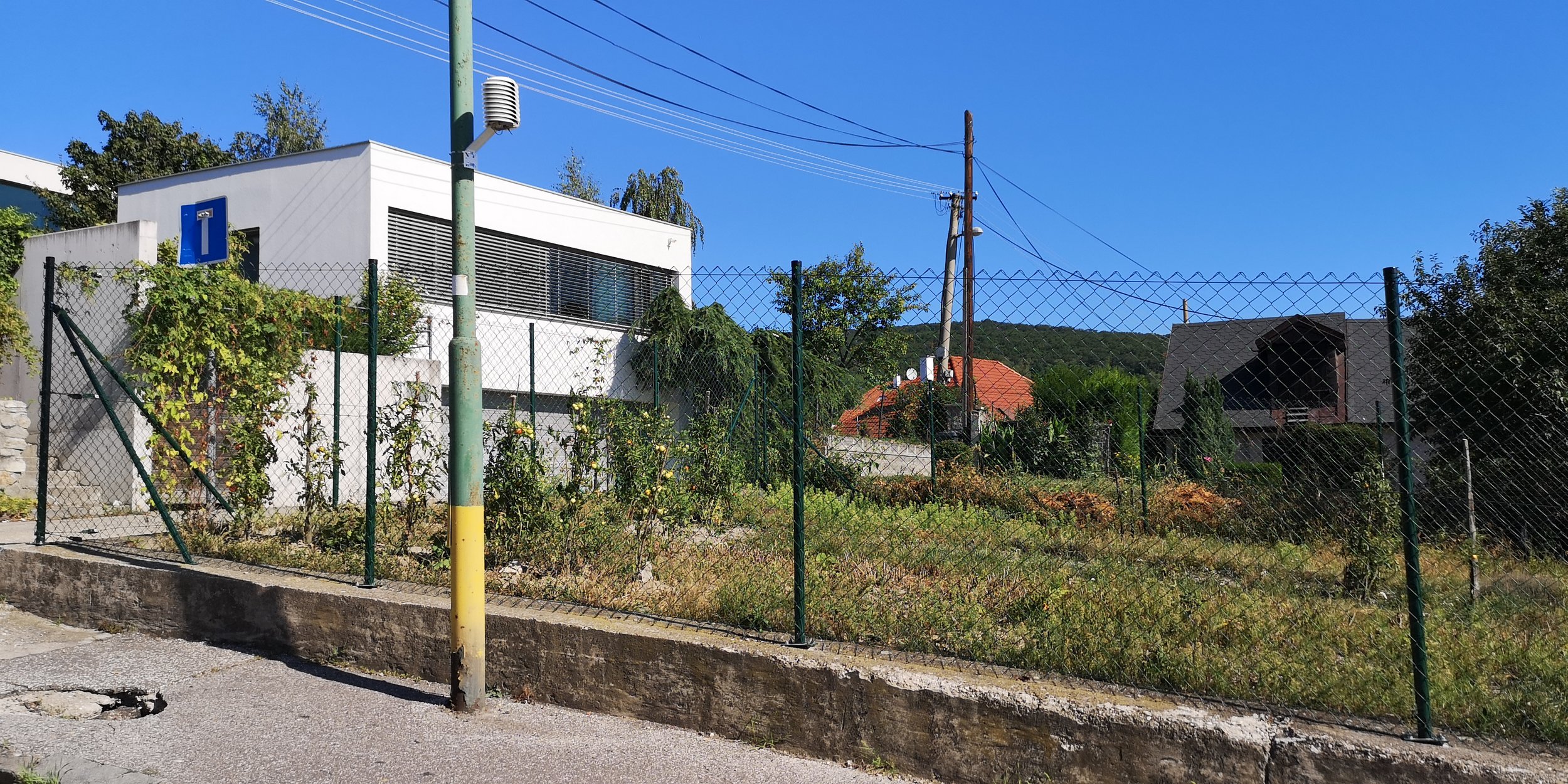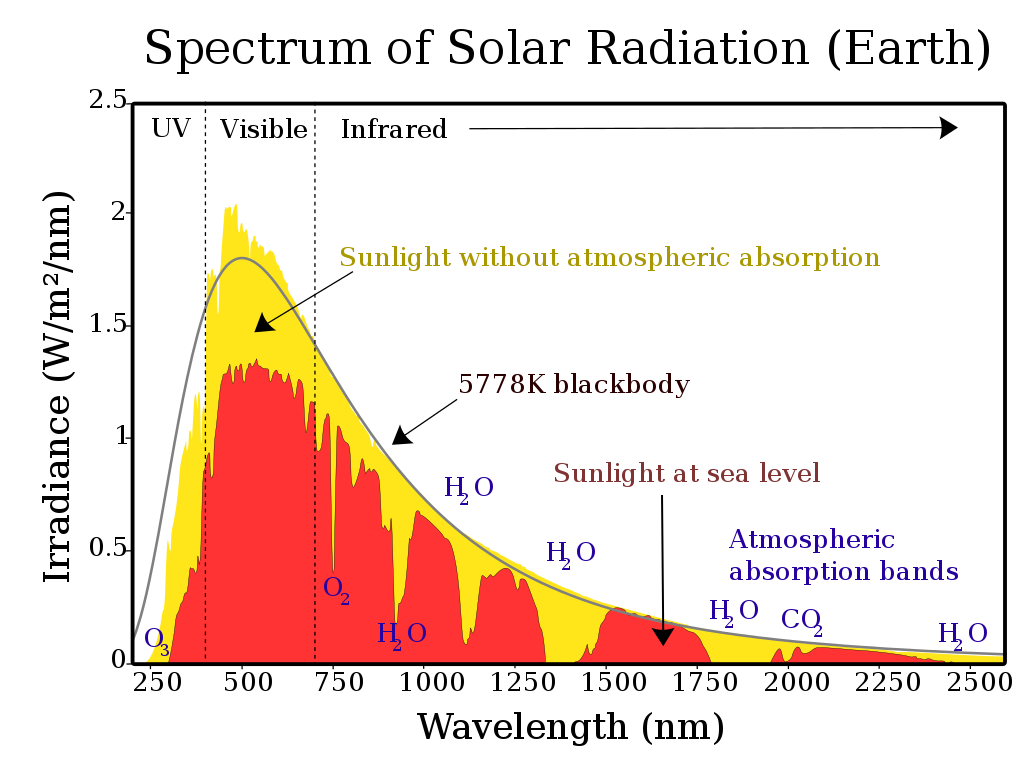Quantifying benefits of green roofs becomes easier with the latest technological breakthroughs
/Comenius University research on the real climatological benefits of green roofs in inner-cities is supported by BARANI DESIGN Technologies’ educational discounts
Green-roofs are here to stay. Their benefits in the reduction of the heat-island effect are known, yet not well quantified. The limitations of current sensor and weather station technologies limit the quality of urban climate research due to error producing influences of sun-heated building walls and pavement. Large measurement errors in meteorological instrumentation due to inadequate 360-degree solar heat shielding with adequate ventilation severely limit urban meteorological data quality. Yet one sensor company is about to change that.
The application of helical MeteoShield® Professional technology as part of the MeteoHelix®IoT Pro micro-weather stations is enabling researchers to achieve WMO precision in air temperature measurement in inner-cities. The multiple degree errors of conventional multi-plate radiation shields and their fan-aspirated solar shield counterparts are a thing of the past with the application of BARANI DESIGN’s helical shielding technology which has been verified by the World Meteorological Organization (WMO).
As part of its educational support program, BARANI DESIGN Technologies provides deep discounts on meteorological sensor technologies to educational institutions and researchers like Assoc. Prof. Dr. Eva Pauditšová , PhD. from Comenius University in Bratislava, who is performing research on the real climatological benefits of green roofs in inner-cities in cooperation with Chief Architect Ing. arch. Ingrid Konrad (Bratislava City Hall) and the support of the city of Bratislava magistrate.
“Thanks to the technology found in the MeteoHelix IoT Pro micro-weather stations we are finally able to accurately determine the cooling effect of green areas in the city,” says Assoc. Prof. Dr. Eva Pauditšová , PhD. who’s research builds on the successful international project Horizon 2020 RESIN - Climate Resilient Cities and Infrastructures. Her current focus is on the sensitivity of urban structures and microclimates to the effects of large scale climatic changes due to global warming and is part of the international project Horizon 2020 ARCH – Advancing Resilience of Historic Areas against Climate-related and other Hazards.
BARANI DESIGN Technologies MeteoHelix® weather station on a lamp post as part of international Horizon 2020 ARCH urban climate research. Bratislava, Gajova
MeteoHelix® weather station monitoring microclimate in Bratislava’s Horsky Park as part of the Horizon 2020 ARCH urban climate research project
MeteoHelix® weather station enabling new levels of precision in urban climate research in Bratislava, Raca as part of Horizon 2020 ARCH






